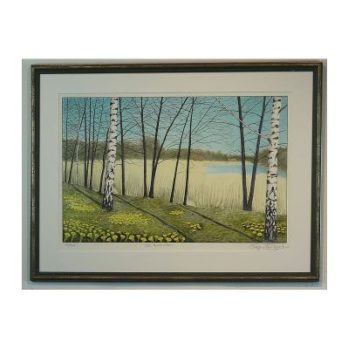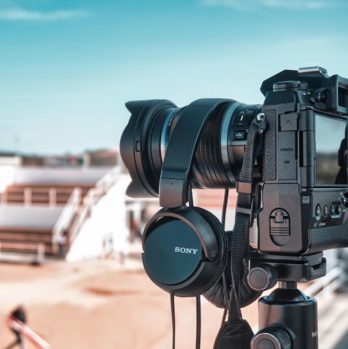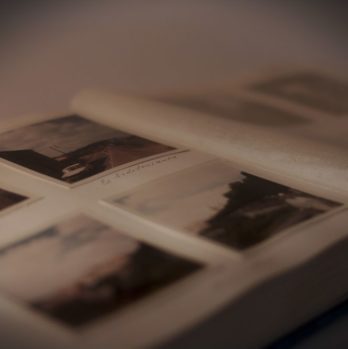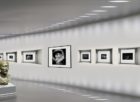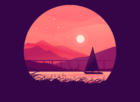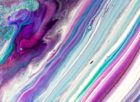Konstinspiration: Utforskning av kreativt bränsle
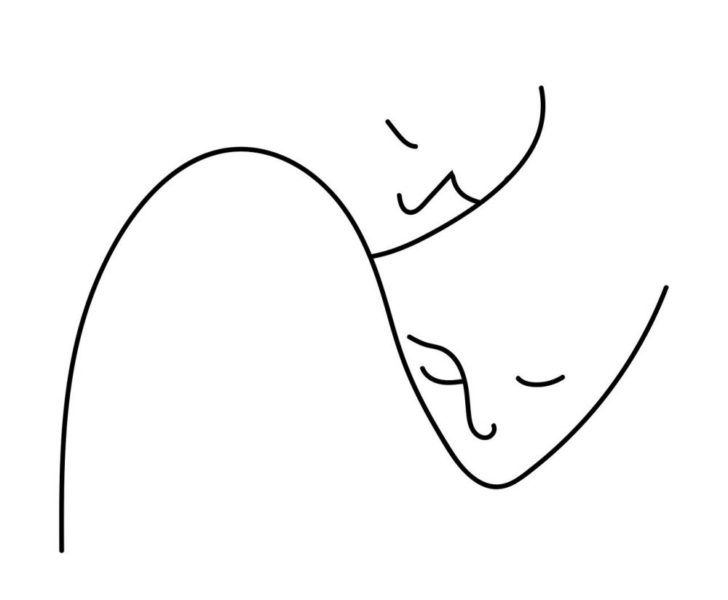
En övergripande, grundlig översikt över ”konst inspiration”
Konstinspiration spelar en avgörande roll för konstnärer och kreativa individer som vill utveckla sina konstnärliga förmågor och skapa innovative verk. Inspiration är kreativt bränsle som ger upphov till nya idéer, uttryck och estetik. Den kan vara en kraftfull drivkraft bakom konstskapande och kan komma från olika källor och metoder. I denna artikel undersöker vi djupt vad konstinspiration innebär och hur den kan utforskas för att ge liv till enastående konstverk.
En omfattande presentation av ”konst inspiration”
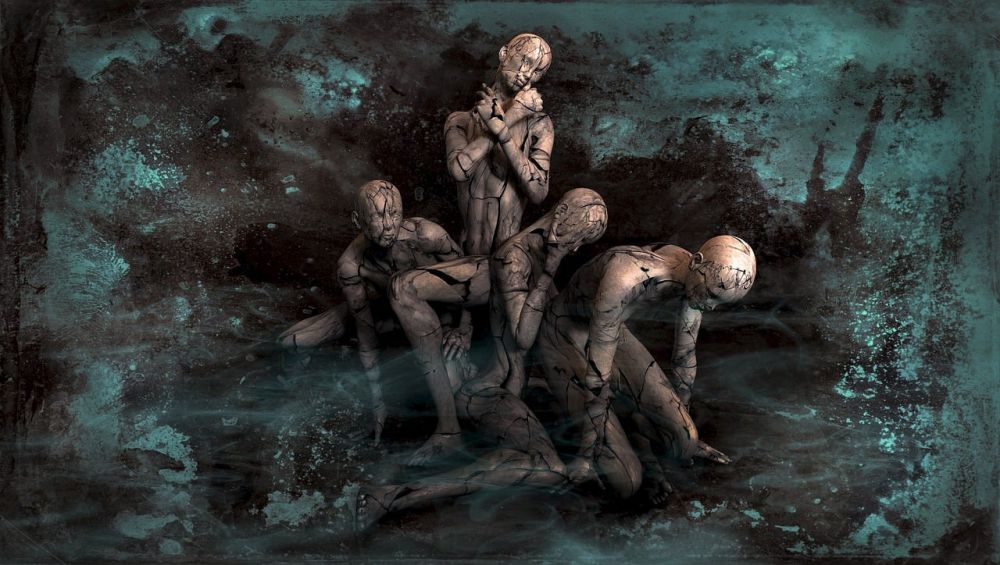
Konstinspiration kan manifestera sig på olika sätt och innebära olika metoder och källor för att aktivera den kreativa processen. Det finns flera typer av konstinspiration som konstnärer kan dra nytta av, inklusive:
1. Naturinspiration: Många konstnärer dras till naturen för att finna inspiration. Den skiftande skönheten i landskap, djur och växter kan ge en rik källa av visuella, textuella och emotionella stimuli.
2. Konstnärlig inspiration: Genom att studera andra konstnärers verk kan man hämta inspiration och influenser. Genom att analysera olika målningar, skulpturer och andra konstformer kan konstnärer lära sig nya tekniker och utveckla sitt eget visuella språk.
3. Kulturell inspiration: En annan viktig källa till konstinspiration är kulturellt betingade erfarenheter och traditioner. Genom att utforska olika kulturer kan konstnärer skapa verk som speglar en unik mix av identiteter och berättelser.
4. Känslomässig inspiration: Starka känslor och personliga upplevelser kan tillhandahålla en djupgående källa till konstnärlig inspiration. Genom att uttrycka och bearbeta sina känslor genom konsten kan konstnärer skapa verk som berör betraktarna på ett djupt plan.
Populära metoder för att uppnå konstinspiration inkluderar:
1. Skissning och skapande av anteckningar: En vanlig teknik är att skissa och skapa anteckningar om idéer och visuella element som fångar ens uppmärksamhet. Att undersöka dessa snabba skisser och anteckningar senare kan leda till utvecklingen av mer detaljerade konstverk.
2. Experimentation med olika material: Genom att experimentera med olika material och tekniker kan konstnärer skapa nya visuella effekter och uttryck. Att utforska olika texturer, färger, penslar och verktyg kan vara en underbar källa till inspirerande upptäckter.
3. Reflektion och meditation: Att ge sig själv tid och utrymme för reflektion och meditation kan hjälpa konstnärer att ansluta till sin inre kreativitet och finna nya inspirationskällor. Genom att gå inåt kan man utforska nya idéer och tankar.
Kvantitativa mätningar om ”konst inspiration”
Quantifying inspiration in the realm of art is a challenging endeavor. Inspiration is subjective and varies greatly from artist to artist. Therefore, it is difficult to quantify or measure. Nevertheless, various research studies have attempted to explore the impact of inspiration on the artistic process. These studies employ methods such as surveys, interviews, and analysis of artists’ works to understand how inspiration affects the quality and creativity of their artwork. While quantitative measurements may provide insights into patterns and associations, it is important to acknowledge that inspiration is ultimately a deeply personal and individual experience.
En diskussion om hur olika ”konst inspiration” skiljer sig från varandra
Each type of art inspiration discussed earlier offers unique perspectives and sources of creative fuel. Nature inspiration, for instance, connects artists to the wonders of the natural world, inviting them to capture its beauty through their chosen medium. Artistic inspiration, on the other hand, encourages artists to study the works of others, incorporating elements of different styles and techniques into their own artistry. Cultural inspiration fosters an appreciation for diversity and allows artists to explore different cultural narratives and identities within their works. Emotional inspiration dives into the depths of the artist’s own experiences and feelings, transforming them into powerful, expressive pieces.
These varying types of art inspiration not only differ in their sources but also in how they influence the artistic process. Nature inspiration may focus on capturing realistic representations of the natural world, while artistic inspiration can lead to experimentation and the fusion of different art forms. Cultural inspiration can prompt artists to explore and challenge societal norms, while emotional inspiration can result in deeply personal and introspective artwork. The diversity of art inspiration ensures that artists have a vast pool of resources to draw from, allowing for infinite possibilities and artistic expression.
En historisk genomgång av för- och nackdelar med olika ”konst inspiration”
Throughout history, artists have constantly sought inspiration from various sources. However, different types of inspiration have undergone distinct perceptions and advantages over time. For example, during the Renaissance period, artists primarily drew inspiration from classical antiquity and nature. This method allowed them to revive ancient techniques and achieve a level of natural representation that has remained influential for centuries.
On the flip side, art inspired by personal emotions and experiences gained prominence during movements such as Romanticism and Expressionism. This shift in inspiration allowed artists to challenge established norms, experiment with unconventional aesthetics, and express their own truths. However, relying solely on emotional inspiration can sometimes lead to subjective interpretations that may not resonate with all audiences.
In more recent times, cultural-inspired art has gained recognition and appreciation. Artists are exploring diverse cultural narratives, traditions, and identities, giving voice to previously marginalized communities. Cultural inspiration has the power to highlight the beauty of diversity, challenge stereotypes, and stimulate conversations about social issues. However, cultural appropriation remains a significant concern, as artists must approach other cultures respectfully and avoid perpetuating harmful stereotypes.
While each type of inspiration has its merits and drawbacks, the blending and crossover between them can result in groundbreaking and innovative art. By embracing a variety of inspirations, artists can create works that resonate with diverse audiences and push the boundaries of artistic expression.
Avslutande ord
Konstinspiration är en dynamisk och individuell process som ger konstnärer möjlighet att skapa unika och fängslande verk. Genom att utforska olika inspirationskällor och metoder kan konstnärer vidga sina horisonter och kontinuerligt utveckla sitt konstnärliga uttryck. Oavsett om det är naturens skönhet, andras konst, kulturella influenser eller starka känslor, är inspiration det bränsle som driver kreativitet och hjälper konstnärer att omvandla sina visioner till verklighet.
Through this comprehensive exploration of art inspiration, we hope to have shed light on the multifaceted nature of this vital aspect of artistic creation. May artists continue to seek inspiration, carve their unique paths, and create resonant and transformative art.
